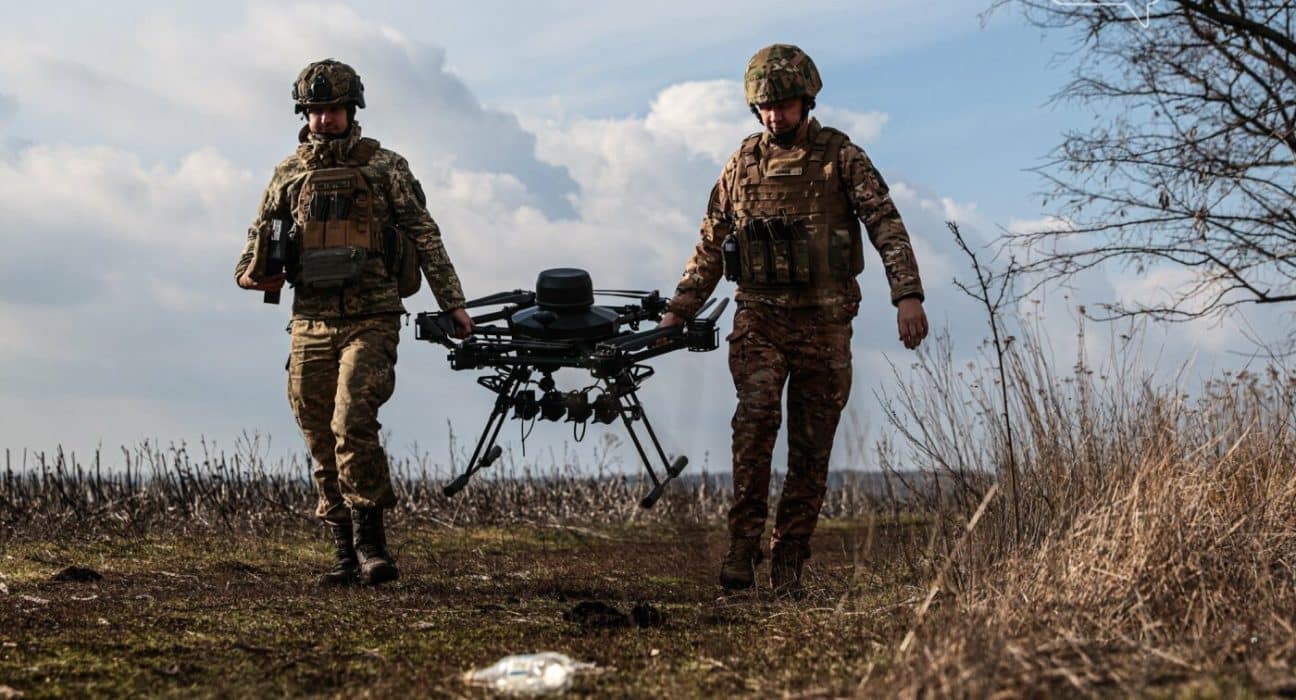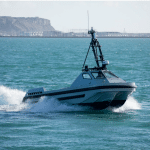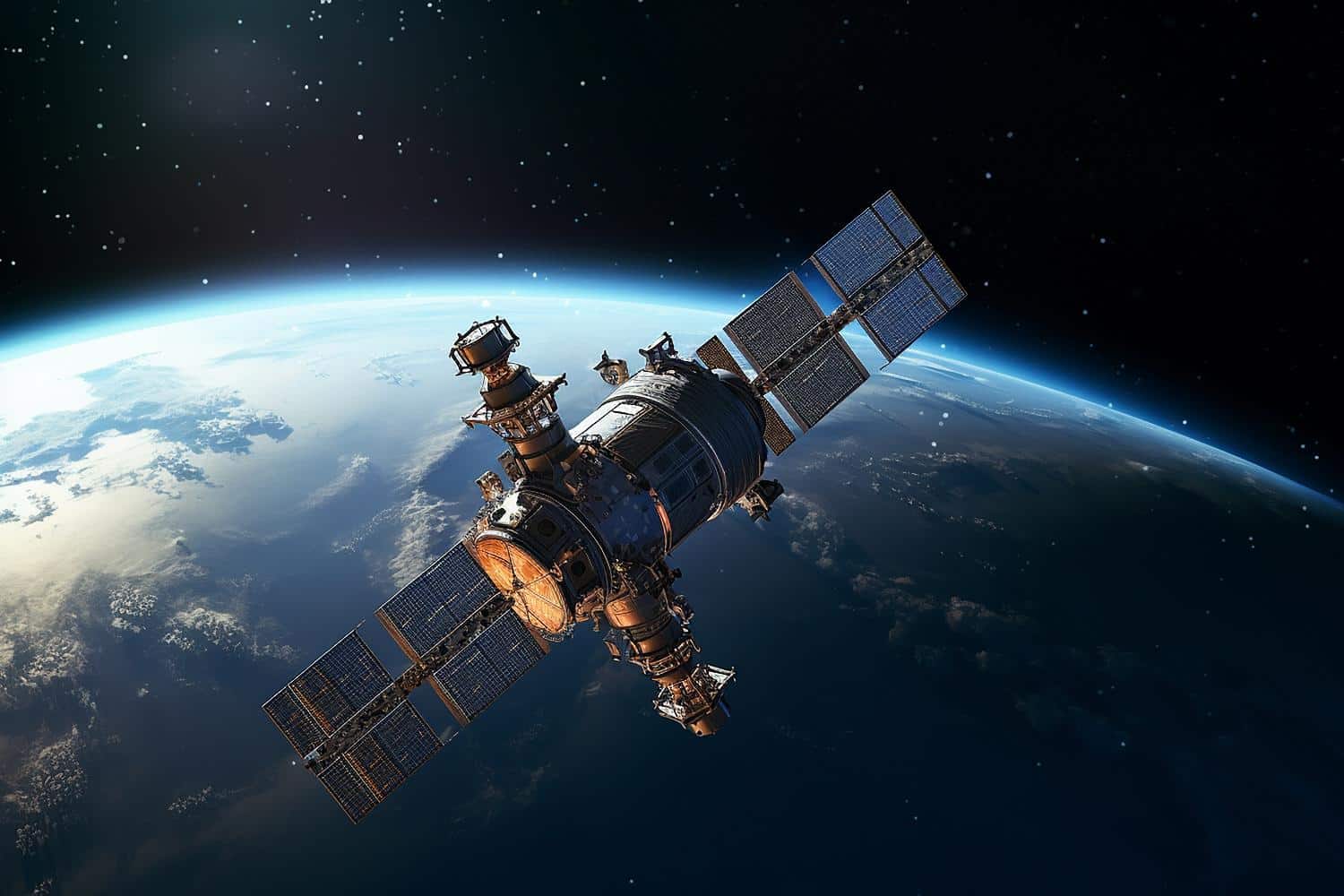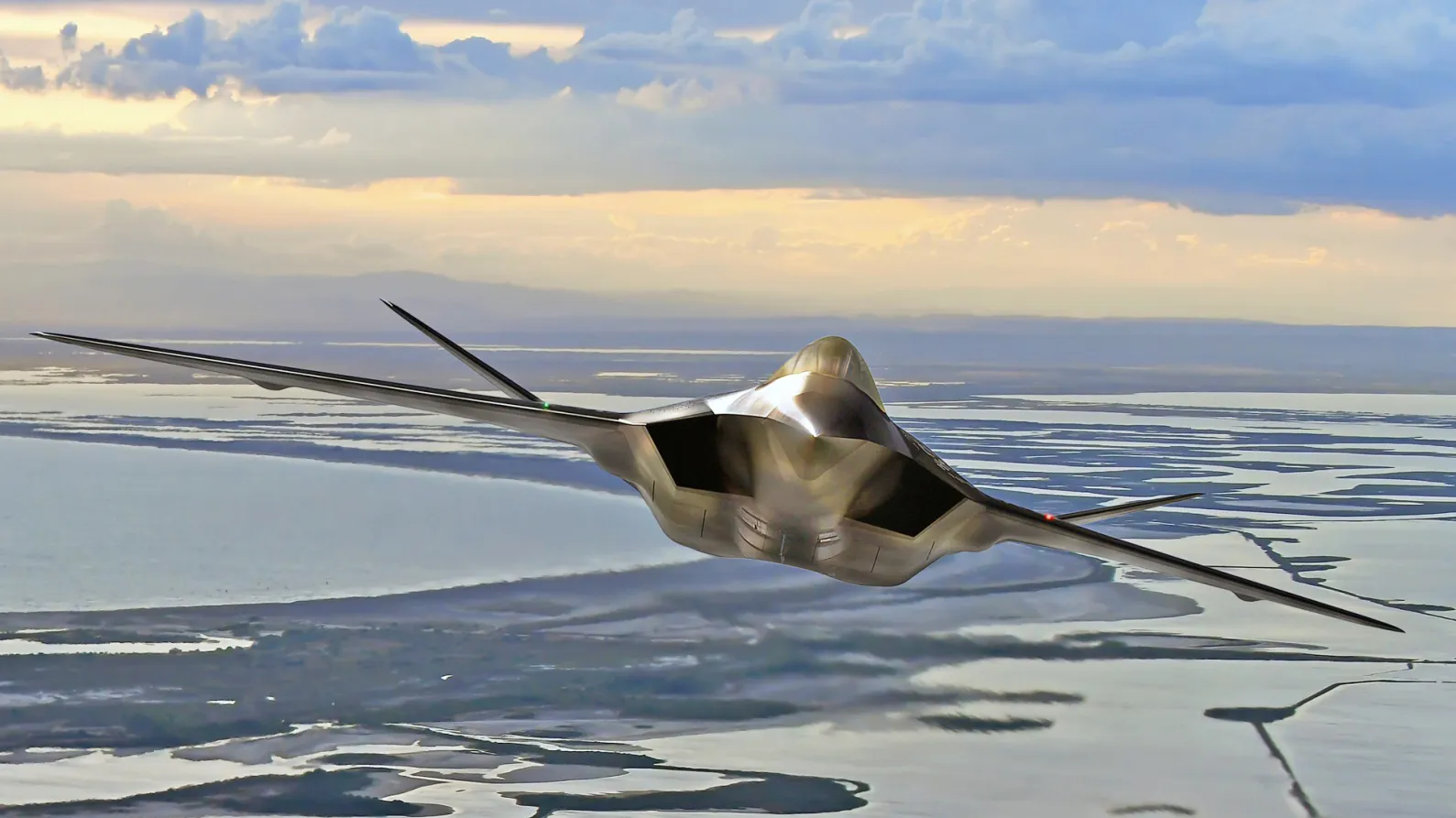The massive use of drones in the Russian-Ukrainian conflict has had a significant strategic impact, contributing significantly to the evolution of the battlefield and to the achievement of punctual tactical advantages against a more numerous Russian army. In this article, we examine this impact and the future prospects for the use of drones in military conflicts.
Influence on battlefield dynamics
Drones have enabled Ukrainian forces to compensate for their numerical inferiority by providing continuous and precise surveillance of enemy movements. This ability to monitor the enemy in real time enabled the Ukrainians to react quickly to threats and adjust their strategies accordingly.
Some drone strikes have hit Russian military infrastructure, causing local disruption and an increased need for rear protection. By striking high-value targets, Ukrainian forces were able to disrupt enemy operations and force the Russians to deploy more resources to protect their facilities.
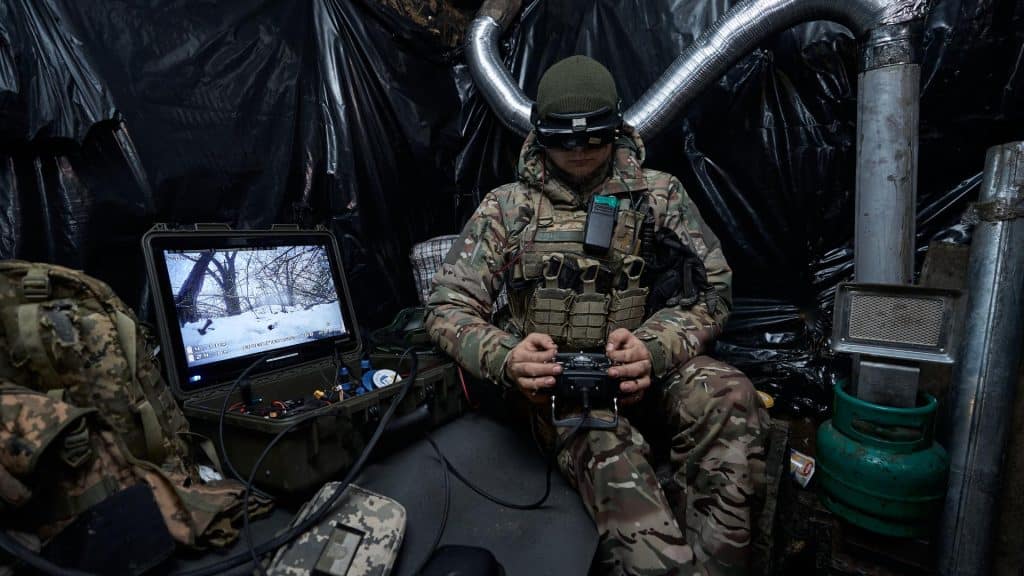
Tactical advantages for Ukraine against a larger Russian army
Drones have provided Ukrainian forces with a crucial tactical advantage, enabling them to carry out precise and daring attacks against enemy targets. This ability to strike strategic targets enabled the Ukrainians to compensate for their numerical inferiority and keep up the pressure on Russian forces.
In addition, the massive use of drones by Ukrainian forces forced the Russians to reassess their air defenses and deploy more resources to counter this threat. This bought the Ukrainians time to prepare their own counter-offensives.
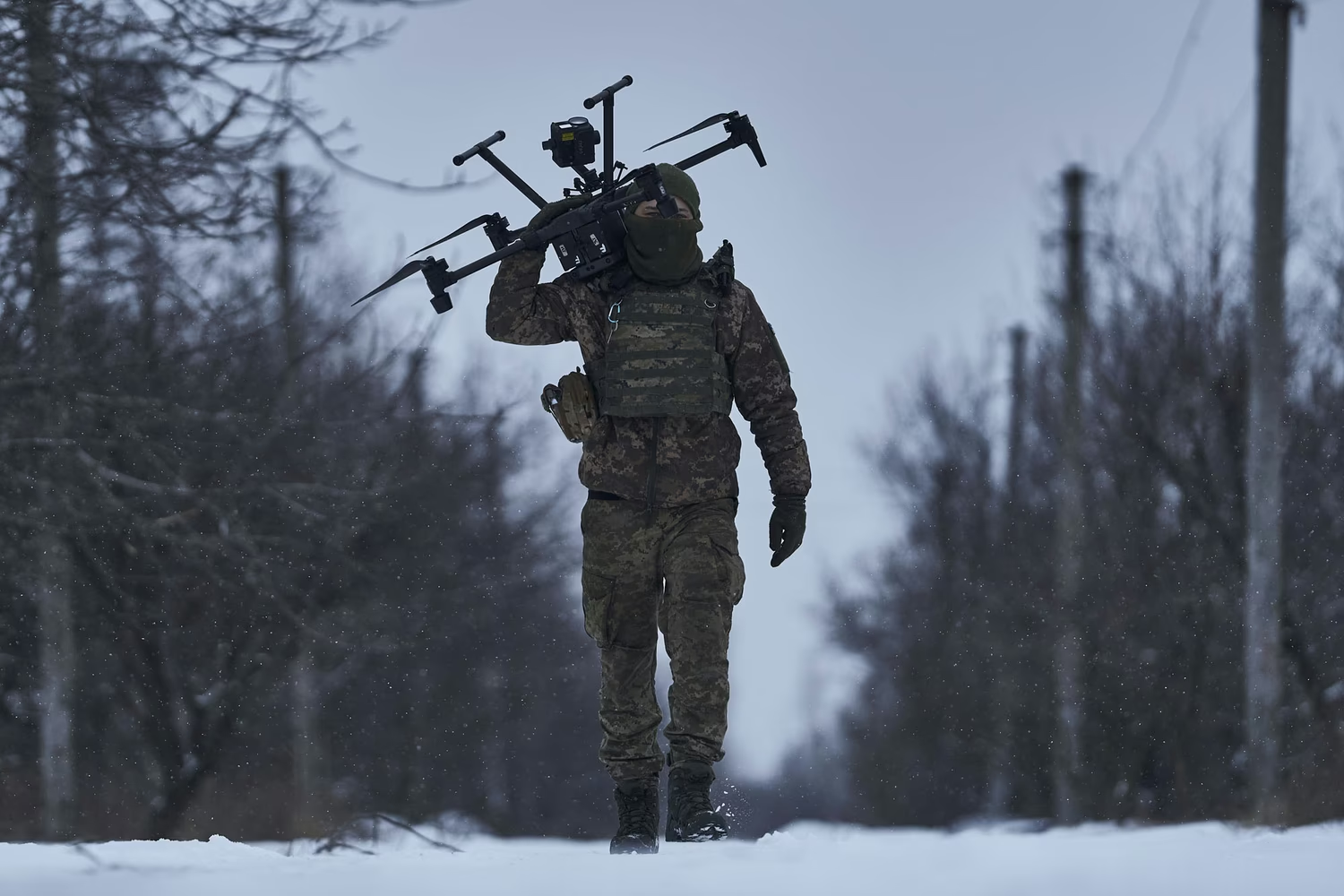
International reactions and future implications
The massive use of drones in the Russian-Ukrainian conflict has attracted international attention and raised questions about the future security implications of this technology. Western countries are closely observing how drones are being used in this conflict, seeking to learn lessons for their own armed forces.
The technological innovations developed in this context could also have repercussions on future conflicts, with a probable increase in the use of drones in military operations. Countries must therefore prepare for this new reality by investing in the research and development of electronic countermeasure and air defense technologies.
Challenges and prospects
Despite their many advantages, drones also pose logistical and financial challenges for both sides. What’s more, the rapid evolution of drone technologies requires constant adaptation of tactics and strategies.
The massive use of drones in the Russian-Ukrainian conflict has posed significant logistical and financial challenges for both sides. Ukrainian forces, in particular, have faced shortages of equipment and funding to maintain their drone operations.
Certain types of UAV, especially long-range or sophisticated models, can be very costly for Ukrainian forces, but much FPV production remains cheap and decentralized.
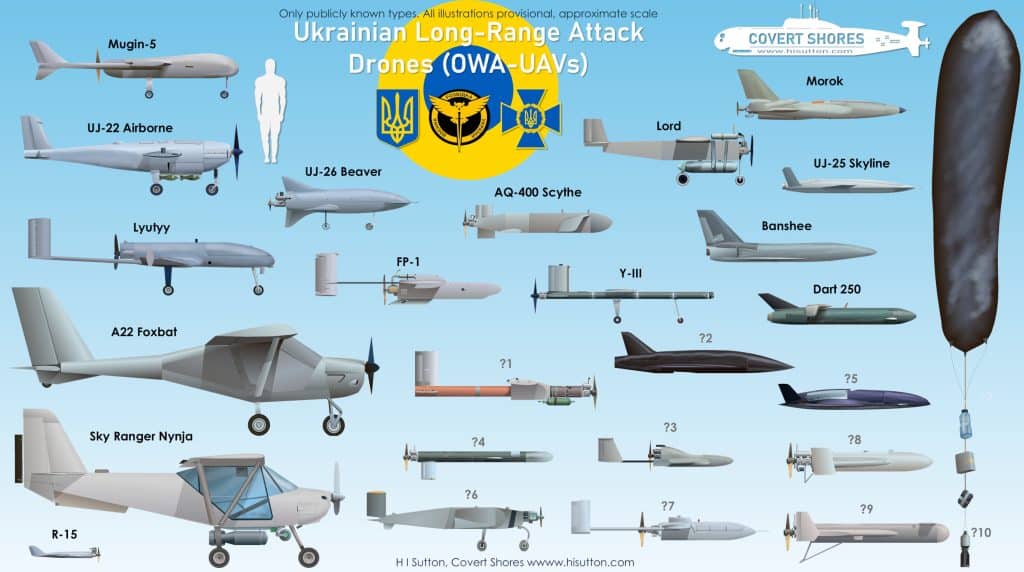
The Russians, on the other hand, face problems of maintenance and repair of their own drones, which are often damaged in combat.
The increasing use of drones in the Russian-Ukrainian conflict has radically transformed the way battles are fought. These unmanned aerial vehicles have given Ukrainian forces a crucial tactical advantage, enabling them to compensate for their numerical inferiority and keep up the pressure on Russian forces.
The rapid evolution of drone technology and the constant adaptation of tactics by both sides show just how essential this technology has become in modern military operations. The logistical and financial challenges posed by the massive use of drones also underline the importance of continuous innovation and preparation for future conflicts.
Finally, the international repercussions of this conflict on the use of drones underline the need for Western countries to observe these developments closely and draw lessons for their own armed forces. The future of armed conflict will undoubtedly see increased use of drones, requiring constant adaptation of defense strategies and technologies.
Article 1: Drones: key players in the Russian-Ukrainian conflict
Article 2: The rapid evolution of drone technologies in the Russo-Ukrainian conflict.

